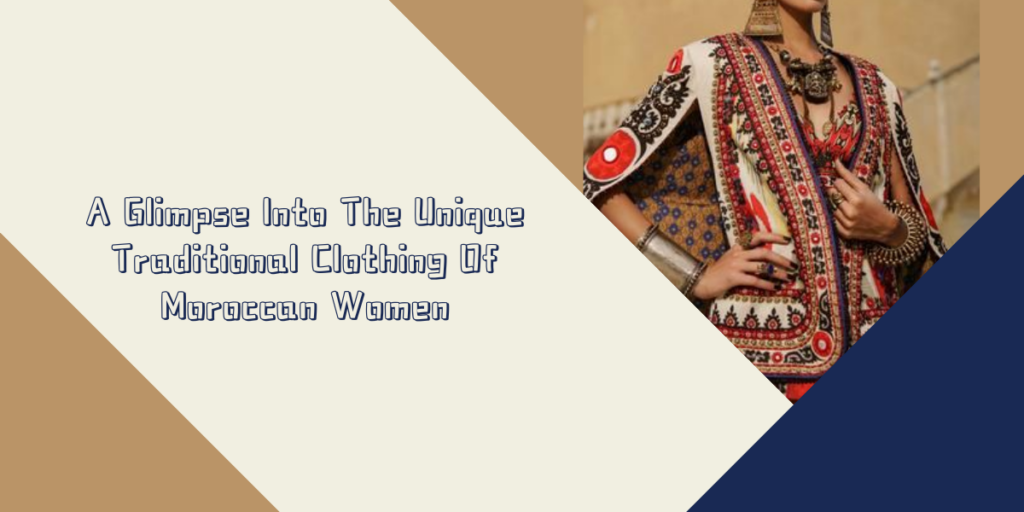The US clothing market is seeing a rise in interest for traditional clothing from different parts of the world. Moroccan caftans, Moroccan djellabas, and kaftan dresses are becoming popular among American apparel brands. These traditional Moroccan garments are known for their intricate designs and vibrant colors, making them a popular choice for special occasions. Moreover, these garments hold cultural significance, representing the rich history and traditions of Morocco. With the expansion of US clothing manufacturing, it is crucial to appreciate the value of traditional moroccan clothing from other cultures. By incorporating these styles into their collections, American apparel brands can offer consumers a unique and meaningful fashion experience. Moroccan kaftans, djellabas, and Moroccan kaftan dresses are a great addition to any wardrobe, bringing a touch of cultural diversity and elegance to the fashion industry.
Next, as a senior enthusiast of Moroccan traditional clothing, I will introduce to you the history, types, materials, regional differences, and modernization of Moroccan women’s traditional clothing. If you are interested, please continue reading.
History Of Moroccan Traditional Clothing
The traditional clothing of Morocco is known for its vibrant colors, intricate embroidery, and unique patterns. The most popular traditional garment for men is the djellaba, a long, loose-fitting robe that is worn over other clothing. Women often wear kaftans, which are long, flowing dresses that are also heavily embroidered.
Moroccan clothing has also been influenced by religion, with Islamic dress codes playing a significant role in the styles and designs. For example, women are expected to cover their heads and wear modest clothing in public.
In recent years, there has been a renewed interest in traditional Moroccan clothing, with designers incorporating traditional elements into modern designs. This has helped to preserve the cultural significance of traditional clothing while also making it more accessible to a wider audience.
Overall, the history of Moroccan traditional clothing is a reflection of the country’s diverse cultural heritage and its rich history. It continues to be an important aspect of Moroccan culture and identity, and is celebrated both within the country and around the world.
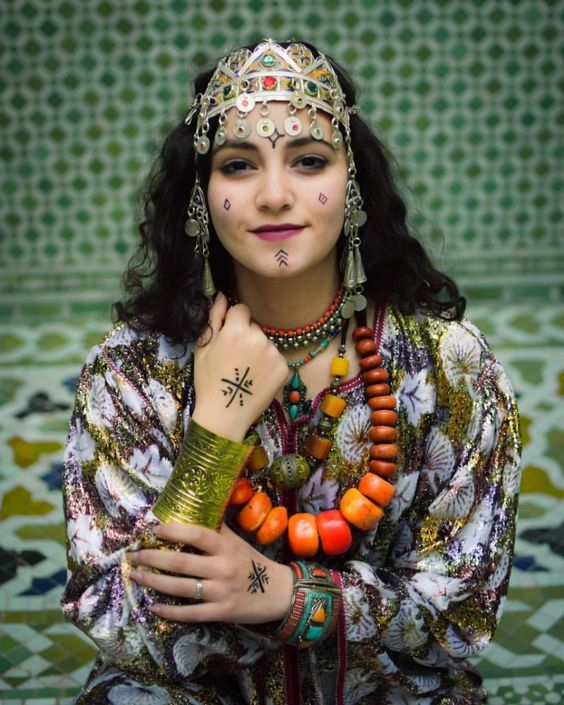
Types Of Unique Traditional Clothing For Women
In addition to these three main types of clothing, Moroccan women also wear a variety of other traditional garments, such as the haik, a long, rectangular piece of fabric worn as a shawl or headscarf, and the balgha, a type of slipper made from leather or fabric.
The materials used to make traditional Moroccan clothing are often rich and luxurious, such as silk, velvet, and brocade. The garments are also often adorned with intricate embroidery, beading, and other decorative elements.
While traditional Moroccan clothing is still worn by many women in Morocco today, it has also influenced modern fashion around the world. Designers have incorporated elements of Moroccan style into their collections, from the flowing silhouettes of the caftan to the bold patterns and colors of traditional textiles.
Whether worn for everyday wear or special occasions, traditional Moroccan clothing for women is a beautiful and important part of Morocco’s rich cultural heritage.
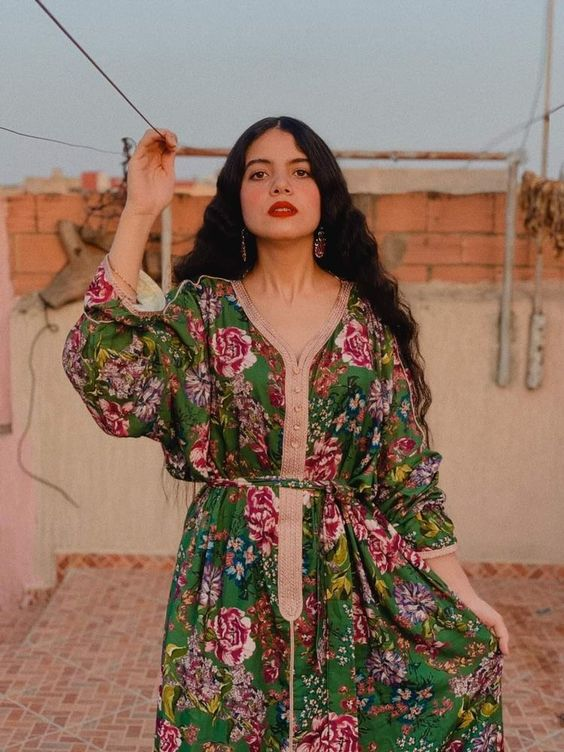
Materials Used In Moroccan Traditional Clothing
In addition to the fabrics and embroidery, traditional Moroccan clothing also incorporates various accessories such as belts, jewelry, and headscarves. The belts, known as “sfifa” or “hakkama,” are often made from silk or wool and are intricately woven with geometric patterns. Jewelry, such as necklaces and bracelets, are typically made from silver and are often adorned with precious stones.
The headscarves, known as “hijab” or “tarha,” are an essential part of traditional Moroccan clothing for women. They are typically made from cotton or silk and come in a variety of colors and patterns. The hijab is worn to cover the hair and neck and is often paired with a kaftan or djellaba, which are long, loose-fitting garments.
Overall, the materials used in traditional Moroccan clothing reflect the country’s rich cultural heritage and are a testament to the skill and craftsmanship of Moroccan artisans. Whether it’s the intricate embroidery or the handwoven fabrics, each piece of traditional Moroccan clothing is a work of art that tells a story of Morocco’s history and traditions.
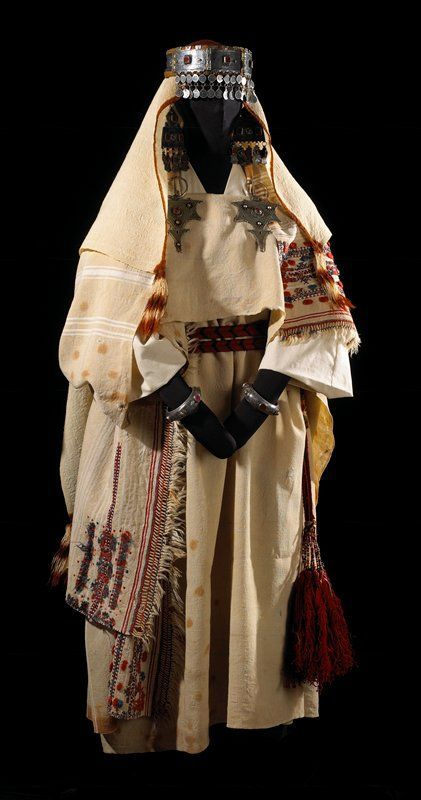
Regional Differences In Moroccan Traditional Clothing
In the northern regions of Morocco, the traditional clothing is heavily influenced by the Spanish and French colonial period. The clothing is often more modern and Westernized, with a mix of traditional and contemporary styles. In the southern regions, the clothing is more conservative and modest, with women wearing long dresses and headscarves. The Sahara desert region has its own unique clothing style, with the use of lightweight fabrics and loose-fitting garments to combat the heat. The traditional clothing of Morocco is not only a reflection of the country’s rich cultural heritage, but also a symbol of its diversity and uniqueness.s.
Modernization Of Moroccan Traditional Clothing
Traditional Moroccan clothing has undergone a modernization process in recent times, resulting in the emergence of contemporary designs and styles. The influence of Western fashion has also been incorporated into traditional Moroccan clothing, with designers utilizing new fabrics and styles to create unique designs. However, despite these changes, traditional Moroccan clothing continues to be a crucial aspect of the culture, symbolizing the rich heritage and identity of the Moroccan people. The fusion of modern and traditional elements has resulted in a diverse range of clothing options that cater to different tastes and preferences. The modernization of traditional Moroccan clothing has not only preserved its cultural significance but has also made it more accessible and relevant to contemporary times.
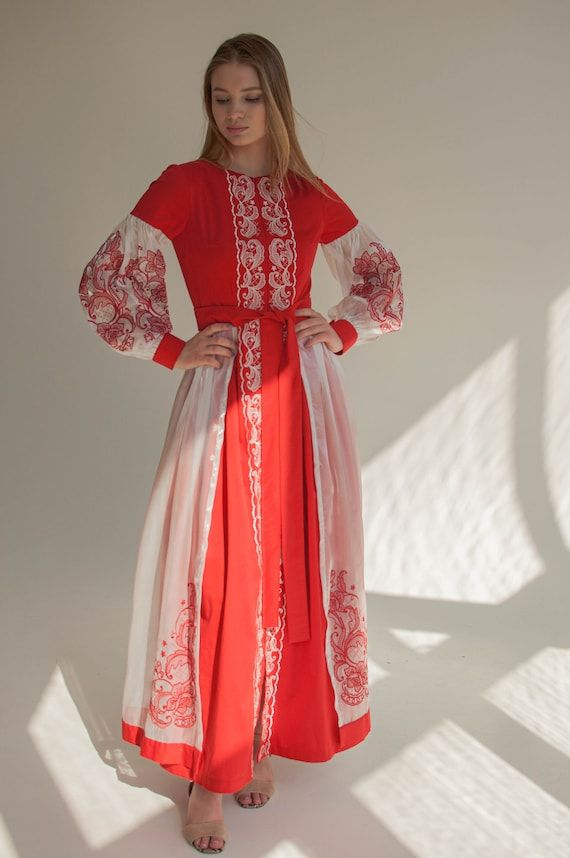
Conclusion
Traditional Moroccan clothing is a unique and vibrant aspect of the country’s culture and history. By understanding the significance of traditional clothing, we can appreciate the value of cultural diversity in the fashion industry. American apparel brands can incorporate traditional Moroccan clothing into their collections, offering consumers a unique and meaningful fashion experience. With its intricate designs and bold colors, traditional Moroccan clothing is a great addition to any wardrobe, bringing a touch of elegance and cultural diversity.
FAQs
Q1: What is the significance of traditional Moroccan clothing?
Traditional Moroccan clothing represents the identity and social status of the wearer, reflecting the rich culture and history of Morocco.
Q2: What are the most popular types of traditional clothing for women in Morocco?
The most popular types of traditional clothing for women in Morocco are the caftan, takchita, and djellaba.
Q3: What materials are used in Moroccan traditional clothing?
Moroccan traditional clothing is made from a variety of fabrics, including silk, cotton, and wool. The fabrics used in traditional clothing are often handwoven and dyed using natural dyes.
Q4: How has traditional Moroccan clothing adapted to modern times?
Traditional Moroccan clothing has adapted to modern times with contemporary designs and styles emerging. Western fashion has also had an influence on traditional Moroccan clothing, with designers incorporating new fabrics and styles into their designs.
Q5: What are the regional differences in Moroccan traditional clothing?
Morocco is a diverse country with many different regions, each with its own unique clothing styles. The clothing of each region is influenced by the local culture and traditions.
